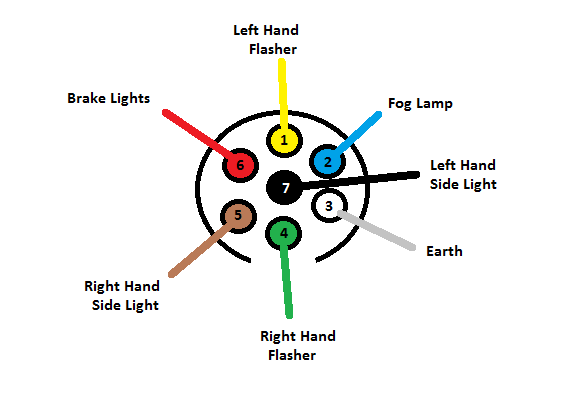Wiring Diagram For 7 Prong Plug Collection.
Avoid shortages and malfunctions when cabling your car's electronic devices. Before you start any DIY electrical wiring project, it’s crucial that you have the right know-how, as well as the right tools and materials for the job.
Wiring Diagram For 7 Prong Plug

MUST-KNOW TIPS FOR DIY ELECTRICAL WIRING AND SWITCHING
1. Have the right tools handy
Like any other DO-IT-YOURSELF job, you want to be sure you have the right tools to do the job. They can include a multimeter, a non-contact voltage metal detector (tests the temperature of wire without touching it) and a combo sheath and wire ma?e. Being equipped with the right tools will help you be prepared for anything throughout the electrical switch electrical wiring process.
2. Understand your wires
Whenever connecting electrical electrical wiring to an outlet, it may be important to not confuse your cables or push them in the wrong airport terminal. The white cable is the fairly neutral wire and adopts the neutral airport terminal, which is noticeable by silver/light-colored anchoring screws. The black wire, on the other hand, is the hot wire and goes into the hot terminal, the one opposite the neutral terminal. When there’s a ground wire, it will be a copper mineral wire saved in place by a mess on the same side because the fairly neutral terminal.
Knowing the distinction between the wires will allow you to wire your home properly and avoid the high volt quality of swapping the neutral and hot.
3. Three-inch principle
It’s always better to have too much wire than not enough. You can find wire extensions available if you finish up cutting them short, but the wiring will work better if it is intact.
As a rule of thumb, you’ll want to have electrical wiring that is long enough to extend 3 inches outside of the electrical package.
4. Hide gaps in drywall with oversized plates
When you’re installing power switches, it’s fairly easy to cut a hole in the drywall that is simply too big. Luckily, there are extra-large plates available at hardware stores that you can use to cover your switches.
They are typically in measurements up to 3/4 inch wider and longer than regular switch plates. Many people won’t manage to tell the variation, unless they’re professional electricians or fellow DIYers.
5. Quality switches and outlets are worth it
While it might be tempting to economize on some products as a DIYer, electrical switches and outlets aren’t one of them. They have a tendency to be only slightly more expensive, but also last longer. A good way to tell a quality switch or outlet is by the existence of a back-wire feature.
6. Test the voltage
Make sure to test the voltage of wires and circuits before touching them. Testing electrical components with tools for instance a line sniffer or a multimeter can confirm if they are safe to the touch or if an electrical current is flowing through them. Electrical work can become a dangerous job, particularly if youre unsure about what you’re doing. Always test before touching.
7. Do proper research
In today’s era of the internet, you can learn how to do anything online. For that reason, there’s no reason not to do your homework before installing power wiring and switching at home.
Searching for tutorials how to wire a mild change is a great way to learn more regarding how to accomplish. On YouTube there are many tutorials on DIY Power Wiring, from technicians and home development pros available that literally explain to you how it’s done.
8. Get an schooling
As great as internet learning is, it does have its limitations, and it’s no replace for a business school program. Learning how to do electrical work in an educational establishing is the best way to ensure you understand what you are doing in home DIY electrical wiring.
